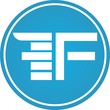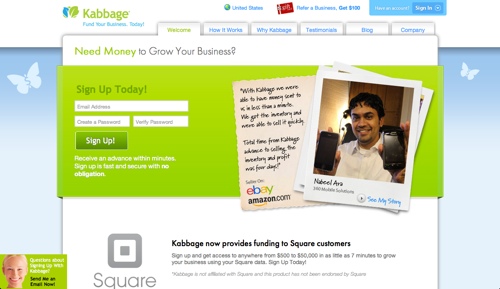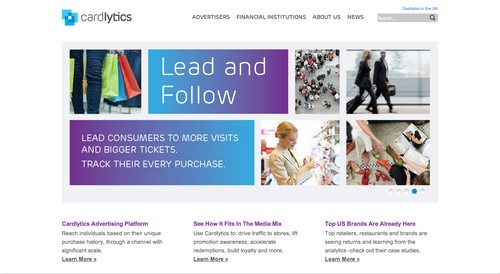
With just 68 days to go until our fourth annual FinovateEurope, it’s finally time to reveal the presenter lineup for the event.
On February 11 & 12, these companies will take the stage to demo their newest fintech innovations to a projected crowd of over 900 financial executives, venture capitalists, press, industry analysts and entrepreneurs.
With the explosion in European fintech activity in the last year, the application process to select the innovations for the conference was incredibly competitive. While that makes for hard choices for our selection committee, it also lays the foundation for another amazing FinovateEurope filled with cutting-edge fintech innovation.
Without further ado, here are the companies that will be demoing their latest and greatest in London next February:
- AdviceGames
- AnalytixInsight
- Atsora
- Avoka
- Backbase
- BehavioSec
- Blue Speck Financial
- Buttercoin
- CRIF
- CurrencyTransfer.com
- Device Ident
- Encap
- ETRONIKA
- EXCESS RETURN
- EZBOB
- fastacash
- Feedzai
- Fiserv
|
- Five Degrees
- GMC Software Technology
- IND Group
- ITSector
- Jumio
- Kensho
- Kofax
- LifePay
- Luminous
- Luxoft
- Matchi
- Meniga
- The Moneyer
- Money on Toast
- My Order
- myWishBoard
- NF Innova
- Nostrum Group
|
- Nous.net
- payworks
- PhotoPay
- Pixeliris
- Plutus Software
- SaaS Markets
- SecureSafe
- Smart Engine
- SoftWear Finance
- SQLI
- Temenos
- Tink
- Tootpay
- Top Image Systems
- Topicus Finan
- Toshl
- Trustev
- Yseop
|
We will be also be announcing over a dozen stealth companies closer to the event.
If you’re interested in witnessing the future of European fintech debut in London next February, please get your ticket today to guarantee your ability to attend as we’re headed towards a sellout crowd. Plus if you register before December 21st, you’ll save £100 via the early-bird discount!
We’ll see you in London in February (or Silicon Valley in April)!
FinovateEurope 2014 is sponsored by: The Bancorp, Be Group, Financial Technology Partners, and Life.SREDA.
FinovateEurope 2014 is partners with: Aite Group, BankersHub, Celent, The Financial Services Club, FSIC, Hotwire PR & Visible Banking.
 Money Under 30 reviews the Moven app.
Money Under 30 reviews the Moven app.











